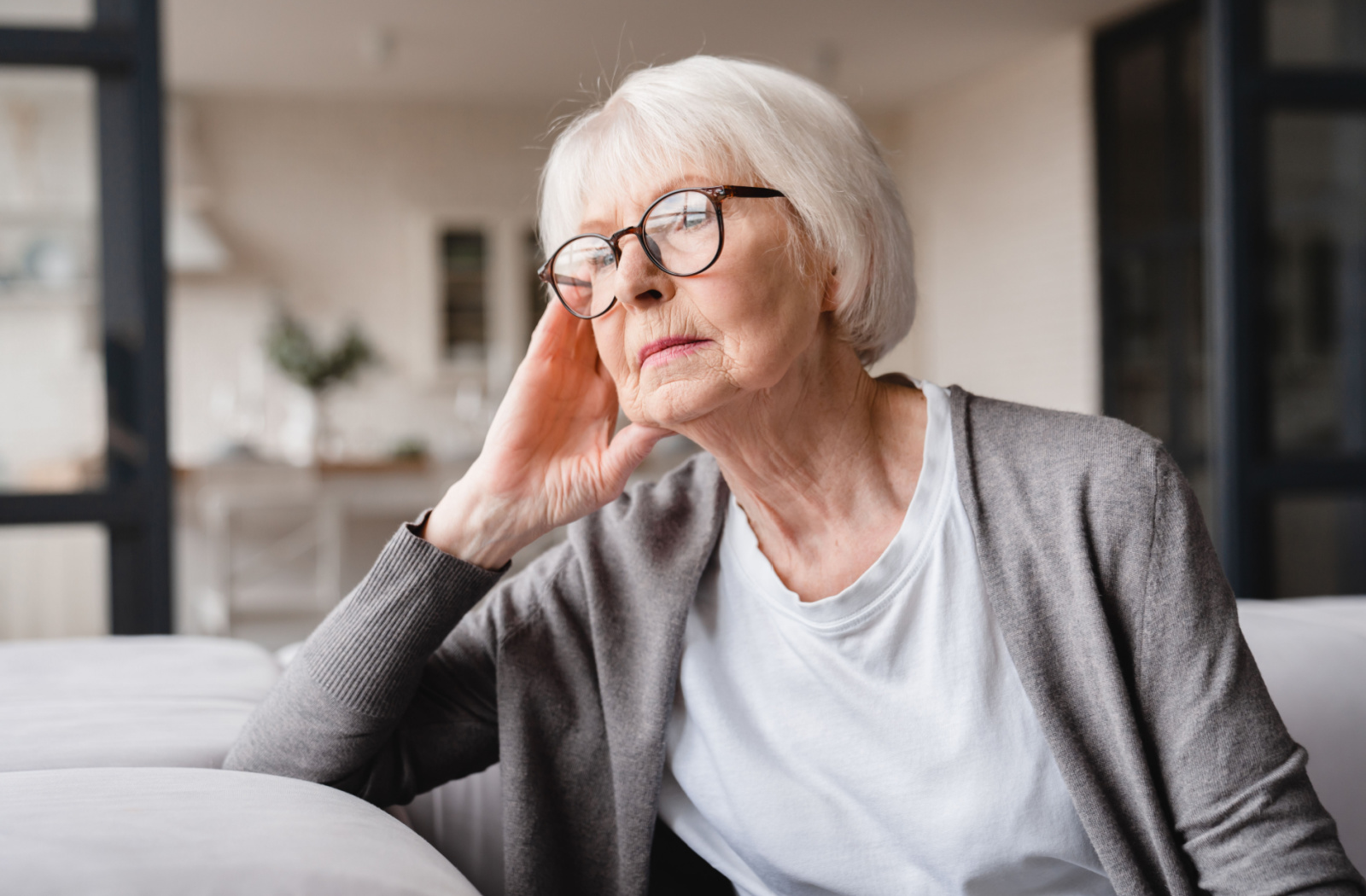Aging is an inevitable and natural part of life’s journey. As we grow older, our bodies undergo multiple changes, both physical and mental.
One common perception is that pain becomes an inescapable companion as we age. But pain is not a natural part of aging.
Older adults experience pain twice that of younger people. With the right care and attention, it’s possible to age without experiencing significant pain.
Aging & Pain
Pain is an unpleasant sensory and emotional experience linked to actual or potential tissue damage. There is no denying that the risk of developing pain increases with age. Research shows that 45–85% of older adults experience pain. As the body changes, bones and tissues wear and tear, leading to degeneration.
It’s normal for joints to become stiff, muscles to lose mass, and bones to lose density. Consequently, these changes can lead to discomfort and stiffness, which can be perceived as pain.
Myths Surrounding Pain & Aging
Several myths surround pain and aging, including that pain is inevitable as you age. While it’s true that some degree of physical discomfort may accompany the aging process, it’s far from an absolute rule.
Many older adults live vibrant, pain-free lives well into their later years. The key lies in understanding the factors contributing to pain and taking proactive steps to manage and mitigate it.
Another myth surrounding pain and aging is that pain is a sign of aging. While certain age-related conditions like arthritis or osteoporosis can lead to pain, it’s crucial to recognize that not all pain is from aging, and you shouldn’t brush off discomfort as “getting older.”
Chronic pain can stem from various sources, including injuries, genetics, lifestyle choices, and underlying medical conditions. Pinpointing the exact cause of pain is essential for effective treatment and management.
Chronic Pain in Aging
Chronic pain is persistent pain that lasts more than 3 months. Risk factors for chronic pain can include:
- Female sex
- Increasing age
- Environmental factors
- Previous pain experience
- Physiological factors like anxiety or depression
Pain can significantly impact a person’s quality of life, making it difficult to enjoy activities and hobbies once enjoyed. Chronic pain can also lead to depression, anxiety, and social isolation.
Pain experienced in aging can manifest as various conditions. Among these, rheumatoid arthritis, fibromyalgia, osteoporosis, cancer, and back pain are the most common. It’s vital to recognize the symptoms of these conditions and consult your doctor for help.
Impact of Pain on Older Adults
Pain, whether related to aging or not, can limit mobility, reduce independence, lead to social isolation, and decrease overall quality of life.
Moreover, chronic pain can contribute to mental health issues like anxiety and depression, creating a cycle of suffering beyond the physical realm. Chronic pain is also a risk factor for the acceleration of cognitive decline.
Prevention & Treatment of Pain
Chronic pain management treatment options can also include pharmacological and non-pharmacological measures combined. Non-pharmacological approaches may be physical and cognitive behavioral therapy, and pharmacological approaches include non-opioid and opioid medications, pain-modulating drugs, and topical agents.
Maintaining an active lifestyle is a key strategy for managing pain and promoting overall well-being in older age. Regular physical activity helps keep muscles and joints flexible and reduce inflammation but also releases endorphins, regarded as natural pain relievers that improve mood and reduce discomfort.
Incorporating activities like walking, swimming, or yoga into daily routines can make a significant difference in managing pain. Always consult a healthcare professional before starting any physical activity.
Nutrition plays a vital role in aging gracefully and managing pain. A balanced diet high in anti-inflammatory foods and low in processed foods can provide essential nutrients that support joint health and reduce inflammation and muscle pain. Maintaining a healthy weight can also alleviate pressure on joints and reduce the risk of conditions like osteoarthritis.
Embrace Healthy & Comfortable Living
While some degree of physical discomfort may be normal with age, pain is not considered part of aging. Pain can profoundly impact individuals; however, with proactive measures and a person-centered approach to pain management, you can embrace aging gracefully while minimizing discomfort.
There are various steps older adults can take to avoid chronic pain. Proper nutrition, regular exercise, natural therapies, and medical intervention can all do wonders for pain management in the aging adult.
Contact us at All American Assisted Living at Enfield for more information about our wellness programs designed to help our residents live healthy, comfortable lives.




